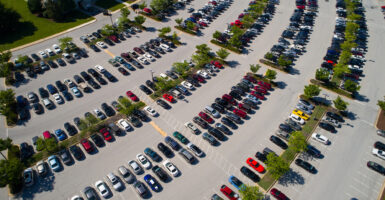15 Classic 60s Cars That Had Everyone’s Attention
Modern car showrooms gleam with sleek hybrids and electric vehicles, each promising to revolutionize the future of driving. But back in the 1960s, chrome ruled the roads, and muscle cars defined an era of pure automotive passion. These weren’t just vehicles – they were rolling sculptures that captured the optimism and excess of their time.
Here’s a journey through legendary machines that didn’t just turn heads – they defined an automotive golden age.
1964 Ford Mustang
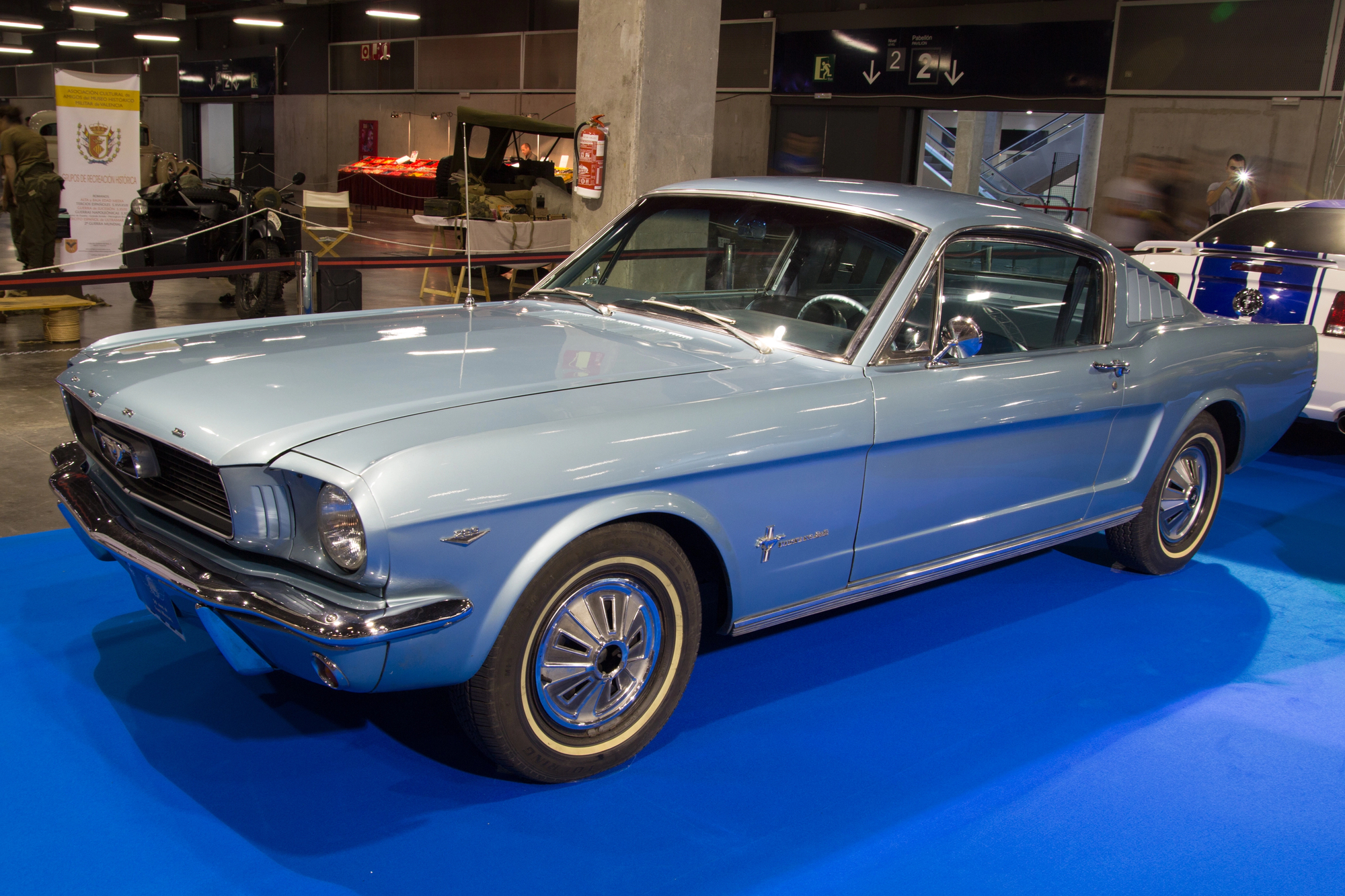
April 17, 1964: the world stopped to watch as Ford unveiled a car that would create an entirely new category of automobile. The Mustang’s long hood and short deck struck a perfect balance between sports car excitement and everyday practicality.
Dealers found themselves mobbed by buyers eager to own this instant icon. Street corners across America became impromptu car shows as proud owners displayed their new steeds. By the end of its first year, Ford had sold over 400,000 units, shattering every sales record in the book. The pony car revolution had begun, and America’s roads would never be the same.
1963 Chevrolet Corvette Stingray
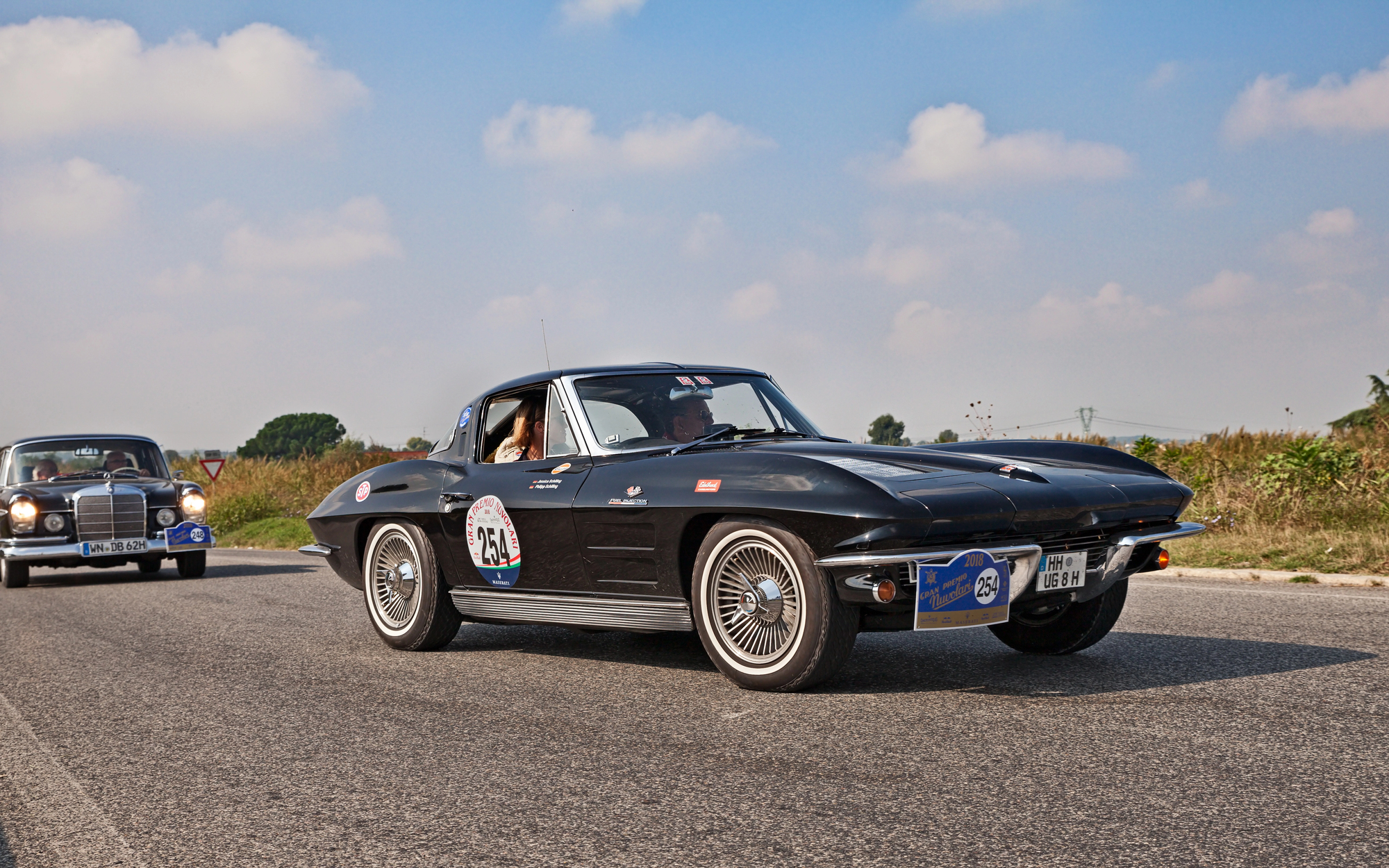
Chevrolet’s Corvette StingRay coupe stopped traffic with its revolutionary design. The distinctive split rear window, while only available for one year, became an instant collector’s item. Chief designer Bill Mitchell drew inspiration from a mako shark he’d caught while deep-sea fishing, creating a car that looked fast even standing still.
The hidden headlamps and boat-tail rear end transformed America’s sports car from a weekend cruiser into a legitimate world-class performer. Every subsequent Corvette would be measured against this masterpiece of design and engineering.
Like Go2Tutors’s content? Follow us on MSN.
1964 Pontiac GTO
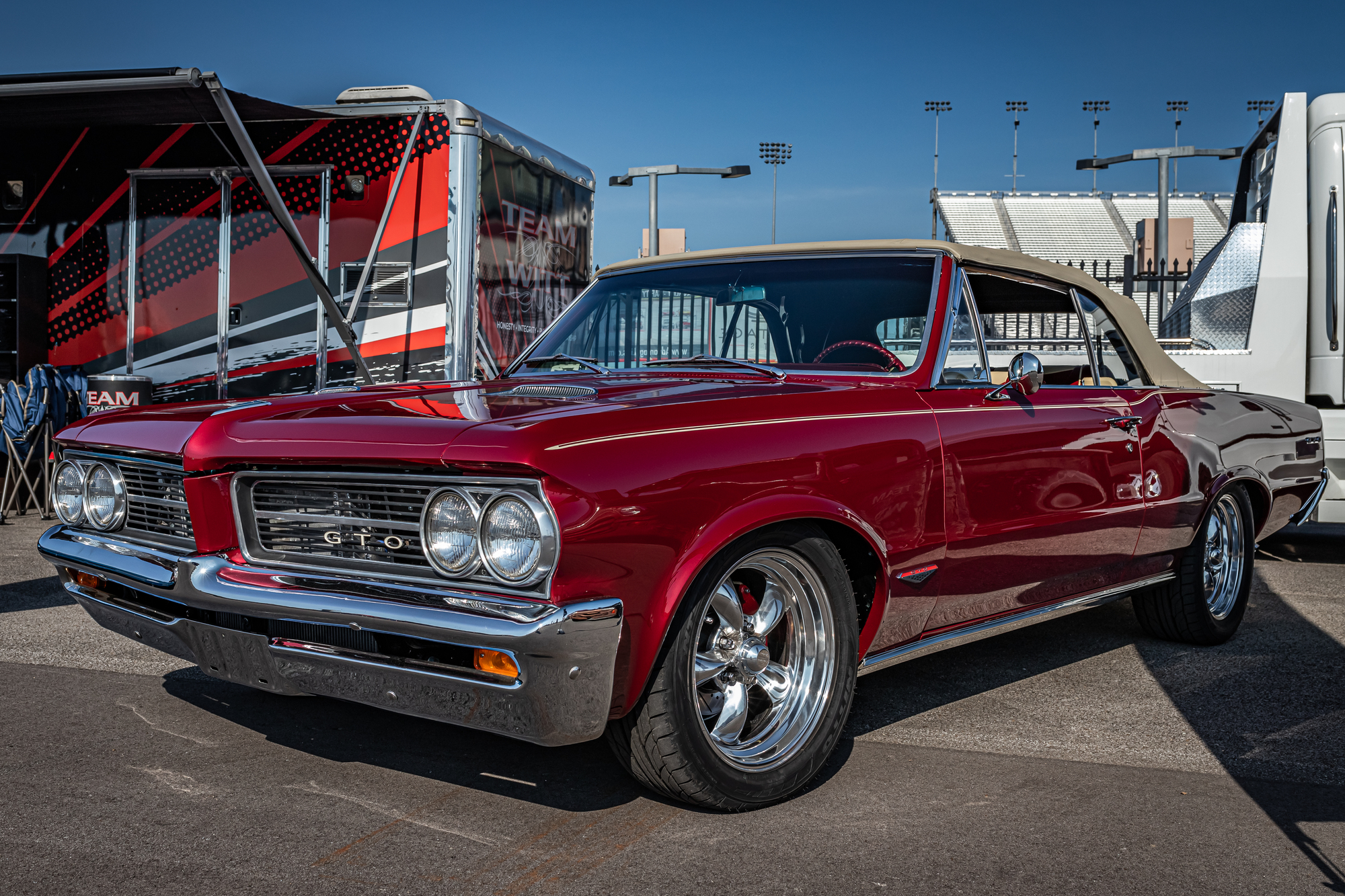
When John DeLorean and his team stuffed a massive 389 V8 into a modest Tempest chassis, they created more than just the GTO – they birthed the entire muscle car era. Marketing mavens coined the term “Tiger” for this beast, and street racers quickly learned to respect the distinctive rumble of its dual exhausts.
Automotive journalists scrambled to coin new superlatives as the car demolished quarter-mile records. Detroit would spend the rest of the decade trying to recapture the magic of this groundbreaking machine.
1962 Ferrari 250 GTO
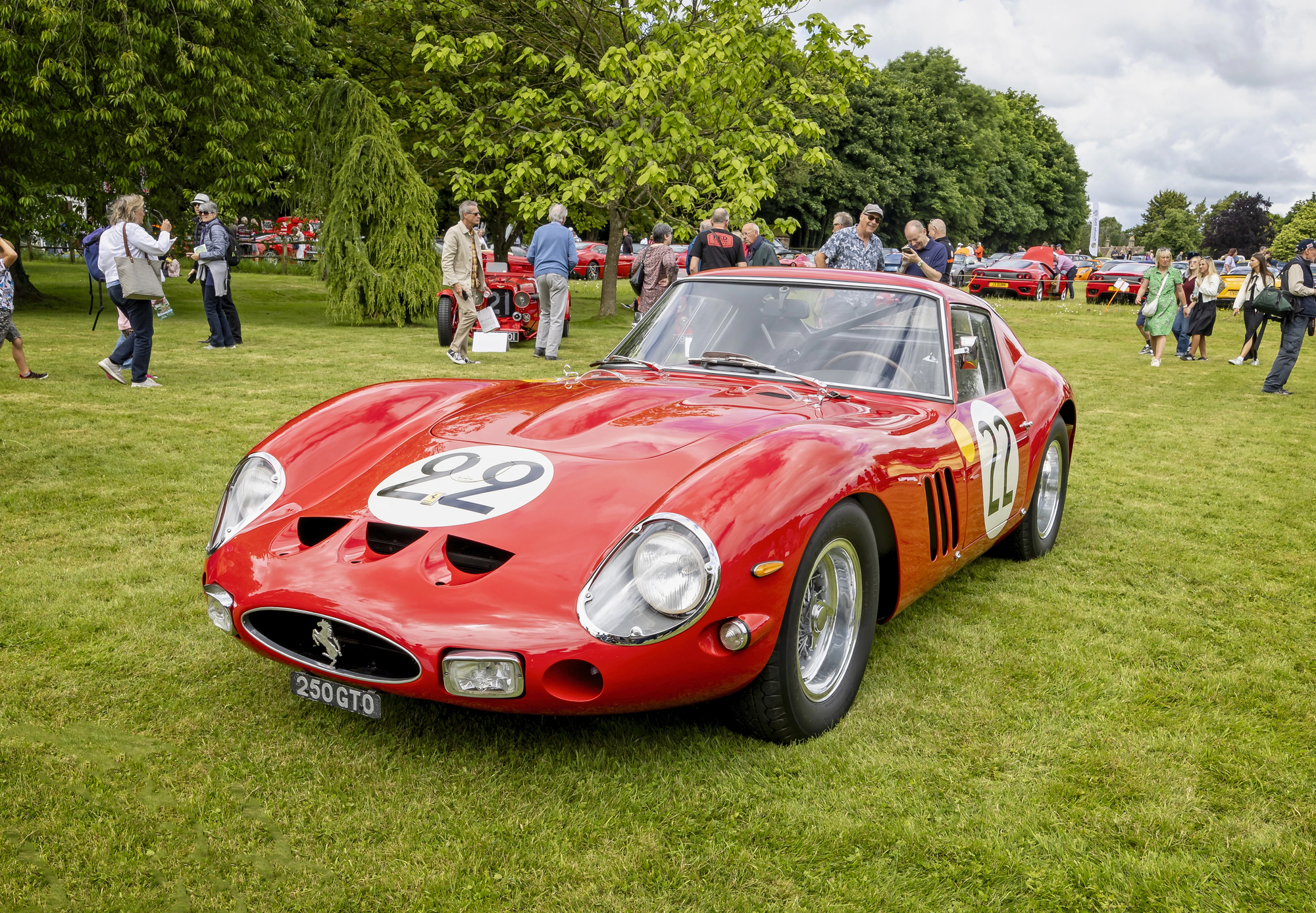
Ferrari’s 250 GTO represented the last of the true dual-purpose GT racers. Each of the mere 39 examples built required Enzo Ferrari’s approval for purchase. The combination of a howling V12 engine and hand-formed aluminum bodywork created automotive perfection.
These cars dominated racing while being civilized enough for road use, establishing the template for modern supercars. Today, they command the highest prices ever paid for automobiles.
1961 Jaguar E-Type
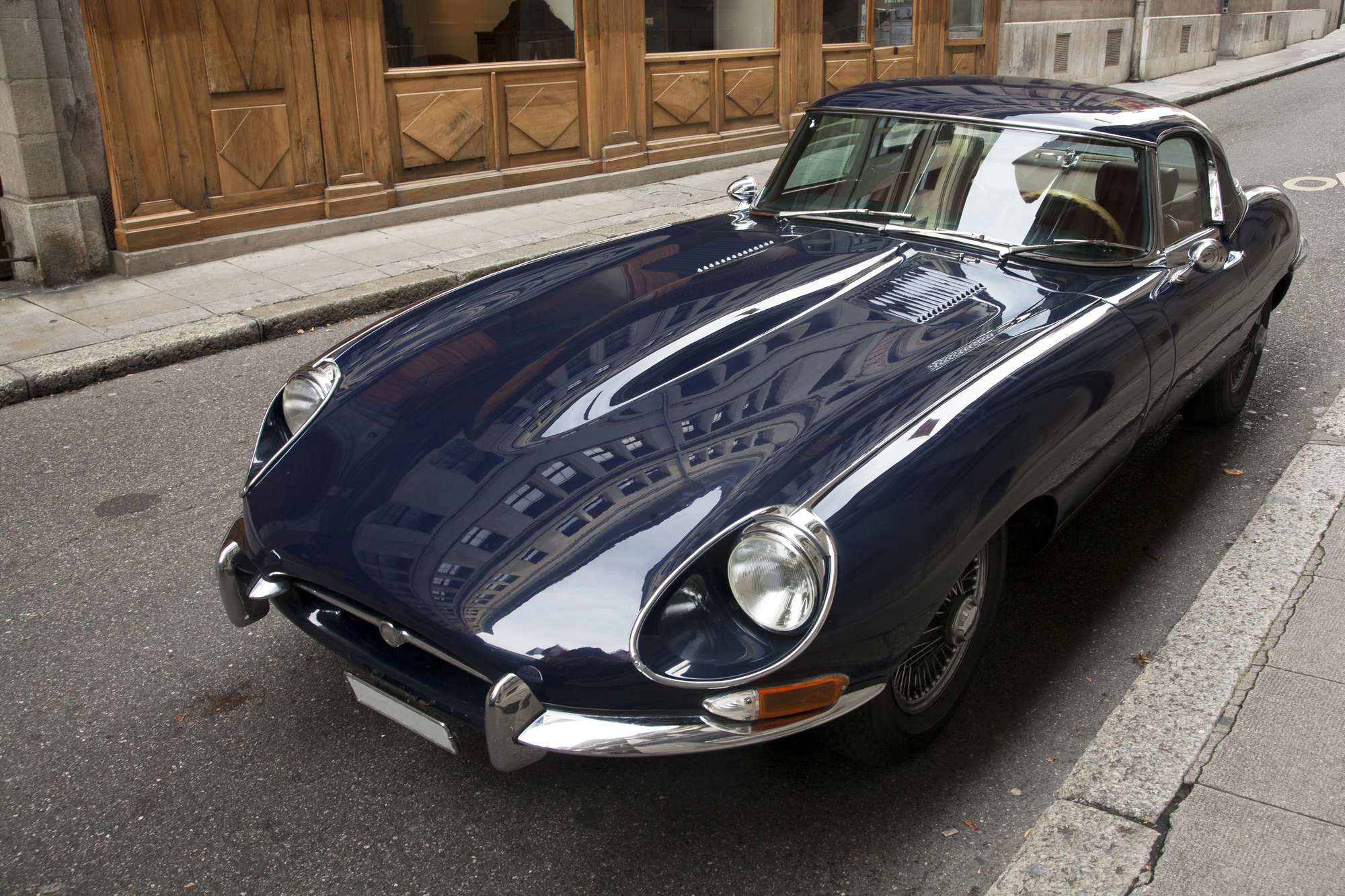
The Jaguar E-Type’s unveiling at the Geneva Motor Show caused Enzo Ferrari to declare it “the most beautiful car ever made.” Its impossibly long hood and perfectly proportioned curves made everything else look instantly outdated.
The claimed 150 mph top speed and sub-7-second sprint to 60 mph backed up the stunning looks. Every British sports car that followed lived in the shadow of this masterpiece of design and engineering.
Like Go2Tutors’s content? Follow us on MSN.
1962 Shelby Cobra
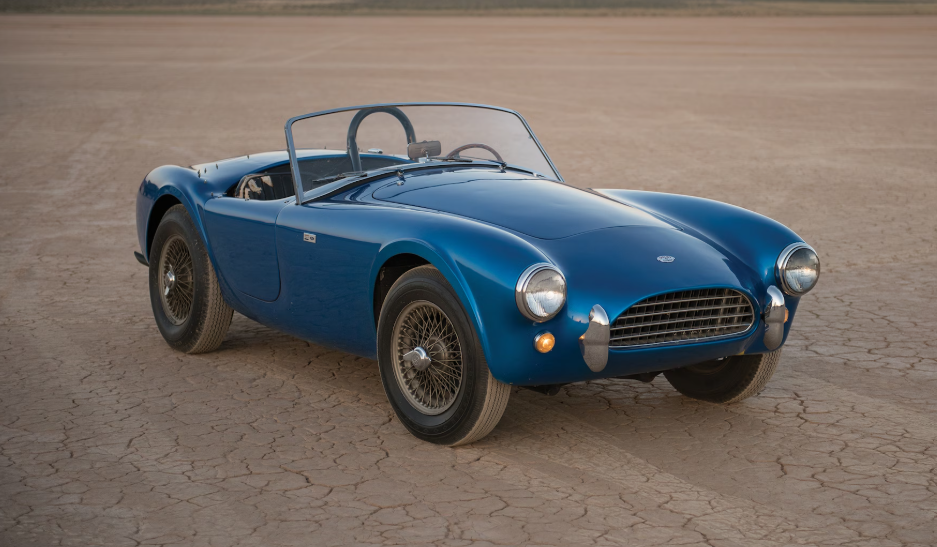
Carroll Shelby’s vision of British elegance powered by American muscle materialized in the AC Cobra. The combination of a lightweight AC Ace chassis and Ford V8 power created a car that could outrun anything on the road.
Each car’s hand-formed aluminum body carried battle scars from the artisans’ hammers, making every example unique. The Cobra’s success on both road and track established Shelby as America’s premier performance guru.
1968 Plymouth Road Runner
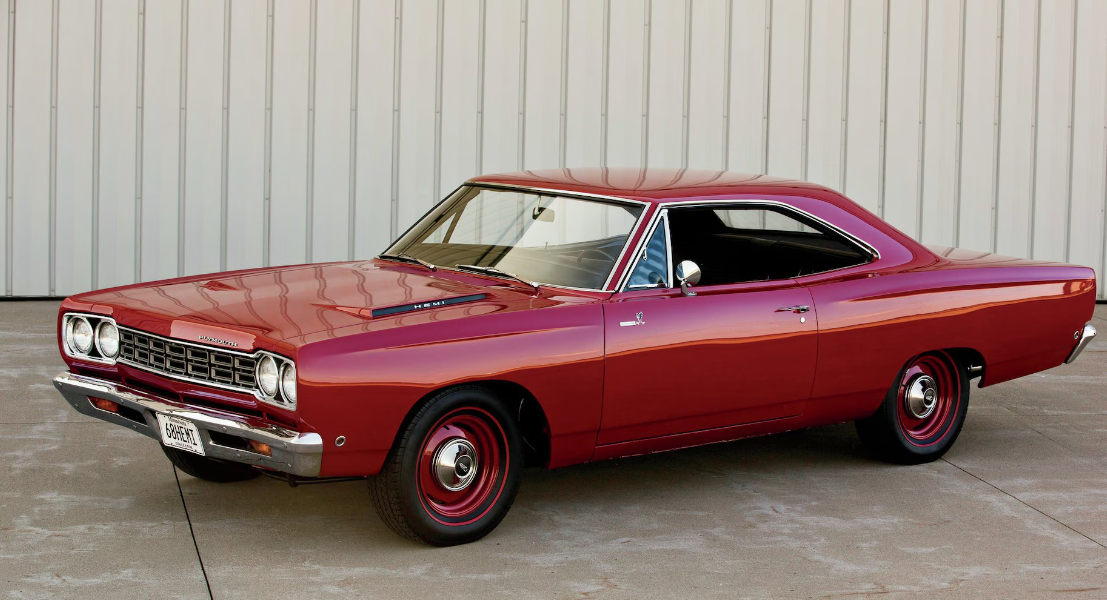
The Plymouth Road Runner proved that muscle cars didn’t need chrome and luxury to draw crowds. This bare-bones bruiser borrowed its name from a cartoon character and packed a punch that left competitors reeling.
The distinctive “beep-beep” horn became a street racing battle cry. Chrysler paid Warner Brothers $50,000 to use the Road Runner name and image, proving marketing genius could sell performance even more effectively than raw horsepower.
1964 Porsche 911
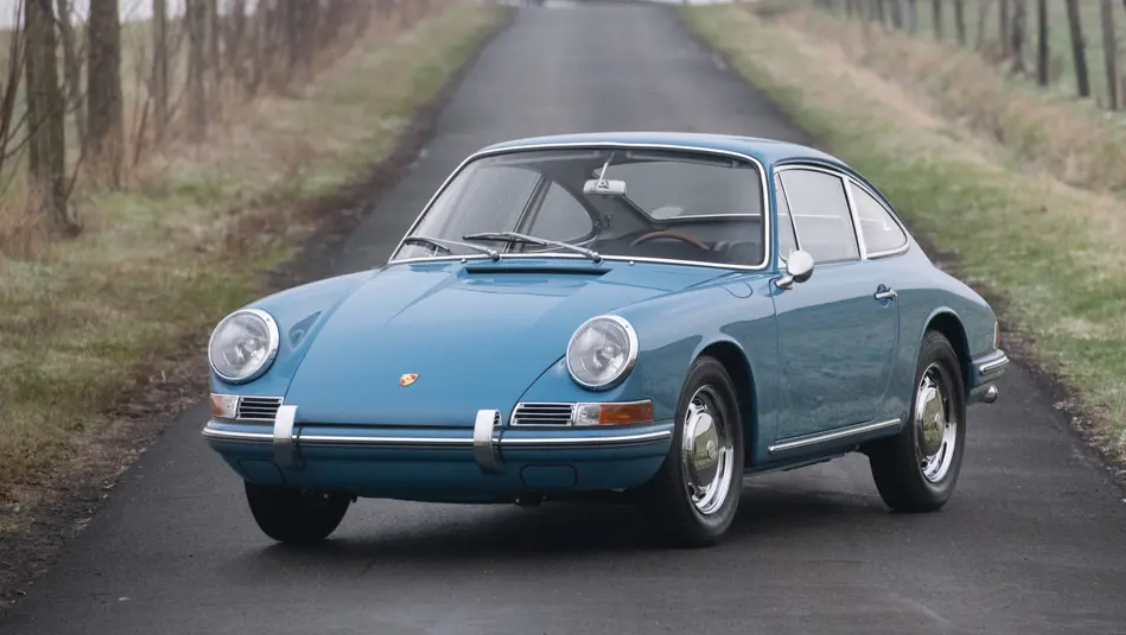
Porsche’s 911 redefined what a sports car could be. The rear-engine layout, considered unconventional by many, proved perfect for both road and track.
The distinctive profile and air-cooled flat-six sound became instantly recognizable worldwide. This engineering masterpiece established a design language that Porsche still follows today, proving some forms are truly timeless.
Like Go2Tutors’s content? Follow us on MSN.
1967 Chevrolet Camaro
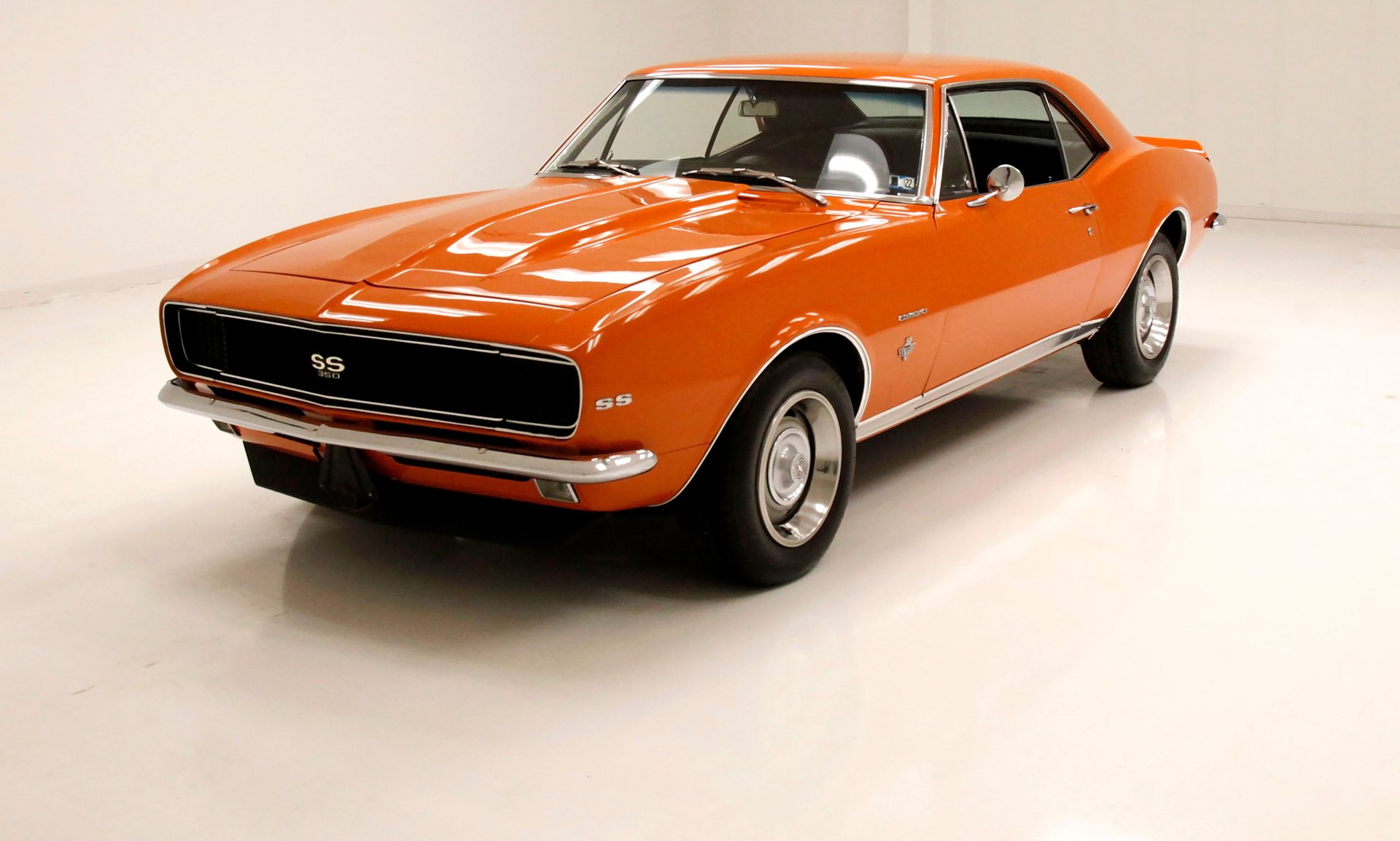
The Chevrolet Camaro arrived late to the pony car party but made up for lost time with stunning style and performance. The hidden headlamps and aggressive stance proved Chevrolet had learned from studying the competition.
The Z/28 variant, homologated for Trans-Am racing, created a legend that still influences performance cars today. Dealers couldn’t keep them in stock as buyers rushed to join the horsepower wars.
1969 Dodge Charger Daytona
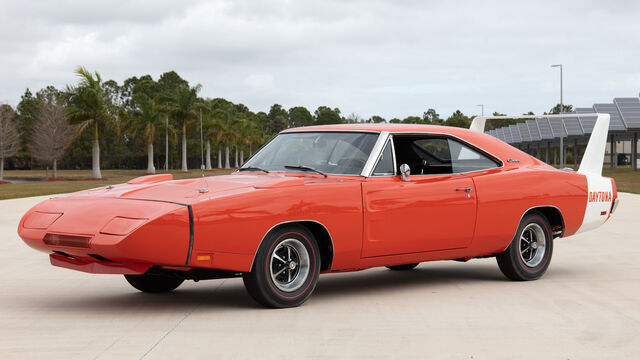
Dodge’s Charger Daytona looked like nothing else on the road, with its pointed nose cone and towering rear wing. Wind tunnel testing produced a car that could exceed 200 mph on NASCAR’s superspeedways.
Street versions became instant collectibles despite their outrageous appearance. The car’s success forced NASCAR to change its rules, marking the end of the aero-warrior era.
1965 Buick Riviera Gran Sport
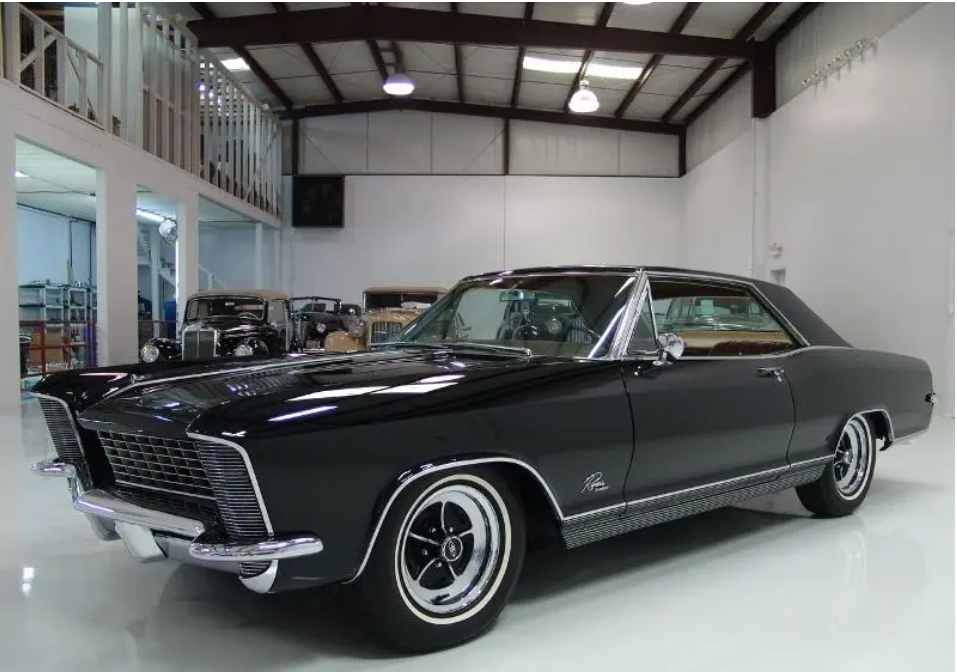
The Buick Riviera Gran Sport combined luxury with performance in a package that looked like nothing else on the road. Designer Bill Mitchell’s vision of European elegance with American presence created a personal luxury car that could run with pure muscle cars.
The hidden headlamps and clean lines influenced automotive design for decades. Every modern luxury-performance coupe owes a debt to this groundbreaking machine.
Like Go2Tutors’s content? Follow us on MSN.
1970 Plymouth Hemi ‘Cuda
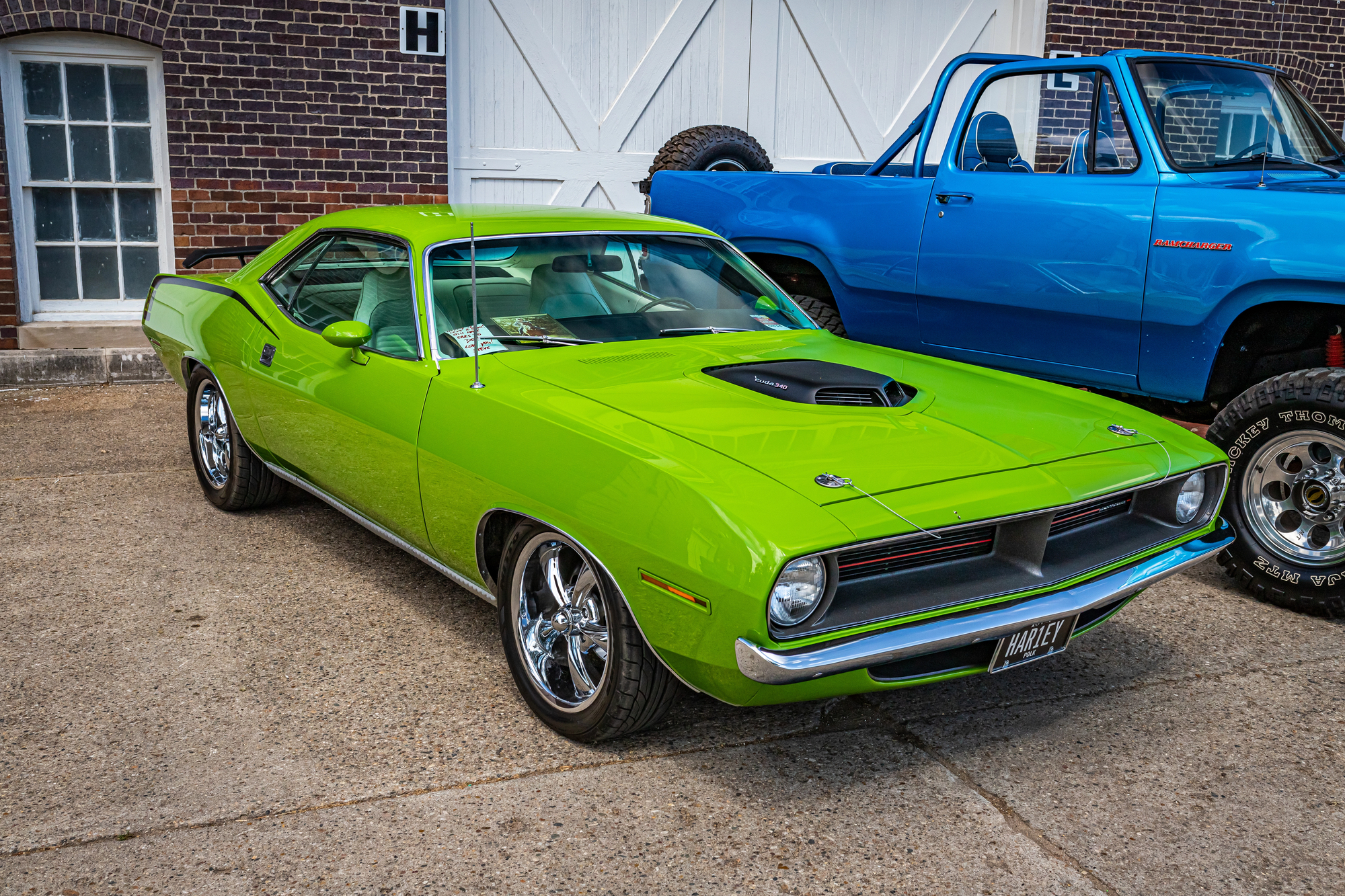
Plymouth’s Hemi ‘Cuda represented the peak of muscle car evolution. The combination of the E-body platform and 426 Hemi engine created a car that could dominate both street and strip.
Bold colors like Limelight and Vitamin C Orange ensured these cars would never go unnoticed. The outrageous billboard side stripes and shaker hood made the car’s performance potential clear to everyone.
1967 Toyota 2000GT
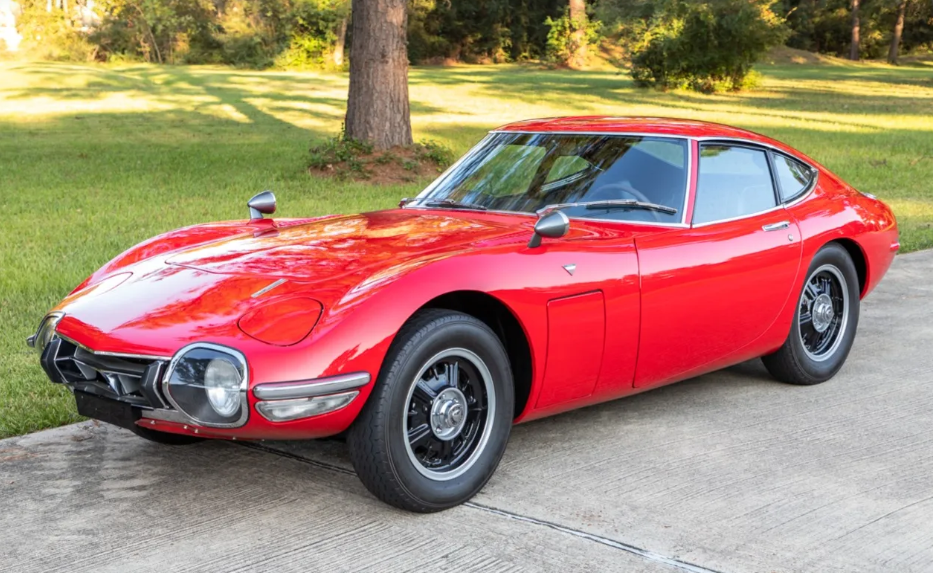
The Toyota 2000GT proved Japan could build world-class sports cars. Only 351 examples were produced, making it rarer than many Ferraris.
The flowing lines and jewel-like finish quality established Japanese manufacturers as serious contenders in the premium market. A specially modified roadster version’s appearance in the James Bond film You Only Live Twice cemented the car’s legendary status.
1967 Cadillac Eldorado
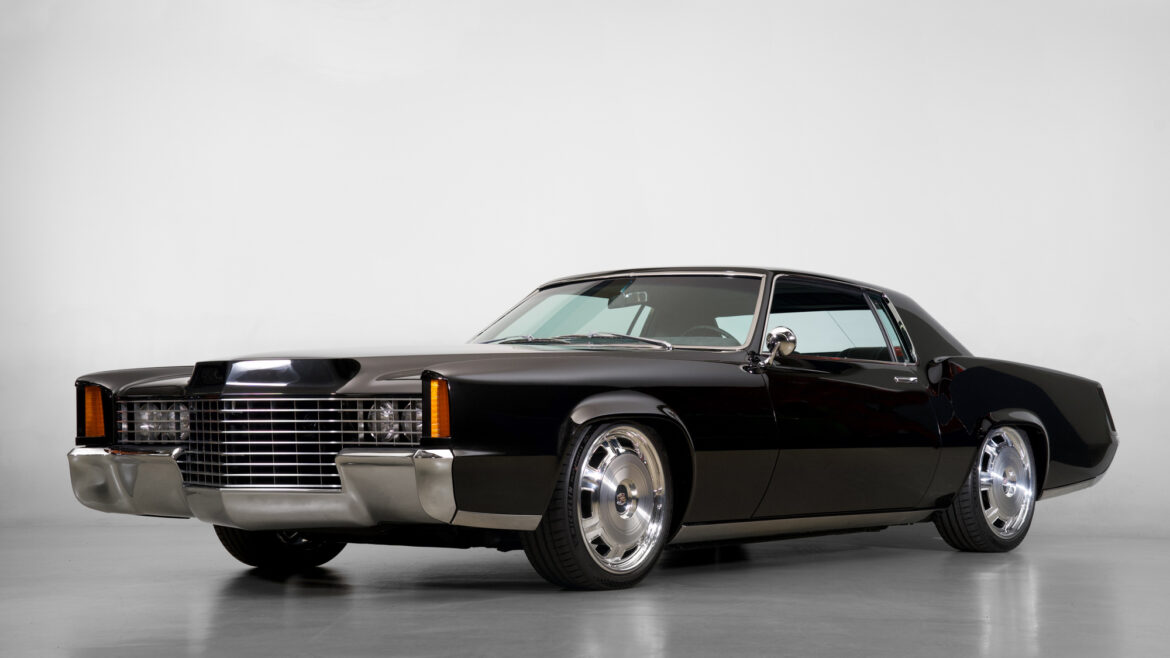
Cadillac’s Eldorado rewrote the rules for personal luxury cars. The combination of front-wheel drive and dramatic proportions created a uniquely American interpretation of grand touring.
The razor-edge styling influenced automotive design worldwide. The massive 472 cubic inch V8 ensured performance matched the car’s dramatic appearance.
Like Go2Tutors’s content? Follow us on MSN.
1964 Ford GT40
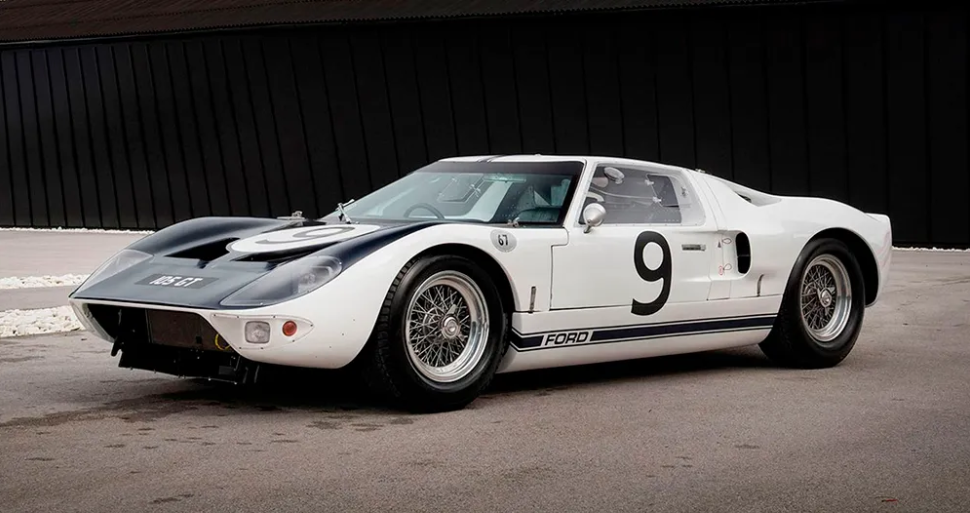
Ford’s GT40 emerged from Henry Ford II’s determination to beat Ferrari at Le Mans. The low-slung bodywork and mid-mounted V8 created a purpose-built race car that could be driven on the street.
Four consecutive Le Mans victories proved the car’s dominance. The mere handful of street versions produced became the most sought-after Ford products ever created.
Looking Back at the Chrome Age
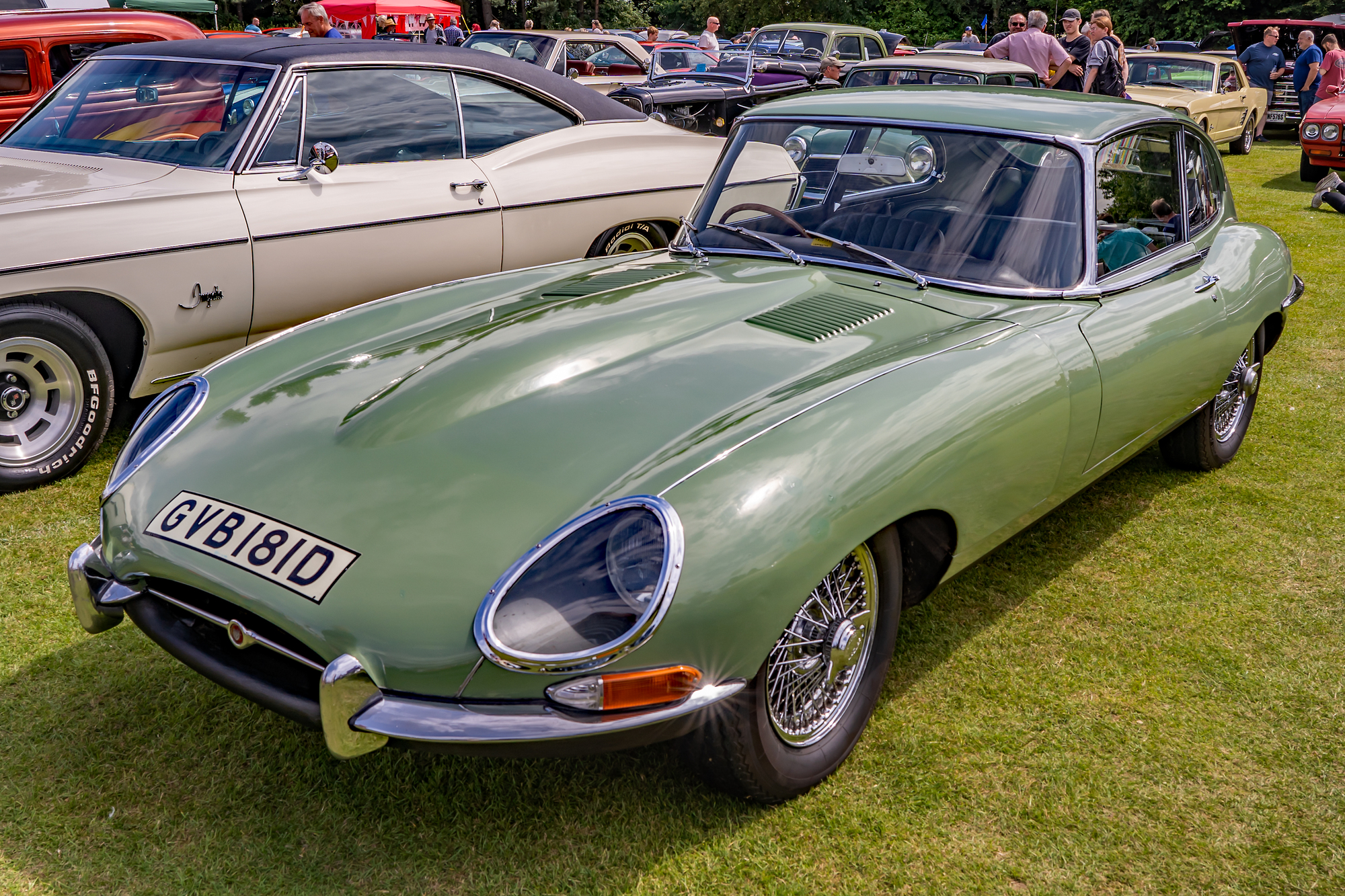
These machines represent more than just transportation – they capture the optimism and excess of an era when anything seemed possible. While modern cars surpass them in every measurable way, they can’t match the pure character and charm of these classics.
Their influence extends beyond mere transportation, representing a time when cars weren’t just appliances but objects of desire and passion. As automotive technology races toward an electric future, these mechanical masterpieces remind us of an age when the sound of a V8 and the gleam of chrome defined automotive excellence.
More from Go2Tutors!

- Famous Battles: How Much Do You Really Know About U.S. History?
- Top 5 Most Important Skills, According To Harvard Business School
- How Well Do You Know 90s Pop Culture? Take the Quiz
- Master the Art of Public Speaking with These Expert Tips
- Think You Know Capitals? Put Your Knowledge to the Test
Like Go2Tutors’s content? Follow us on MSN.



